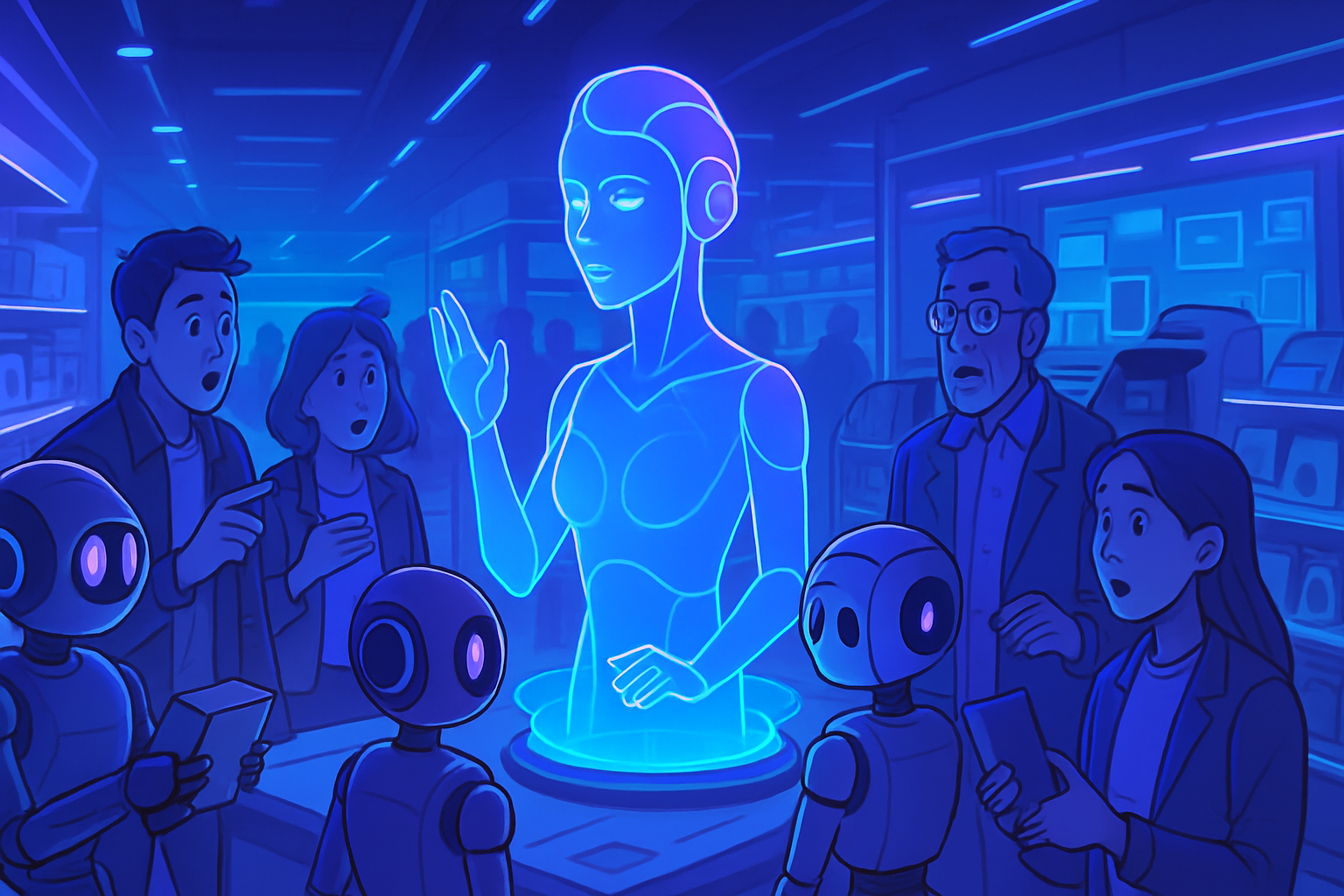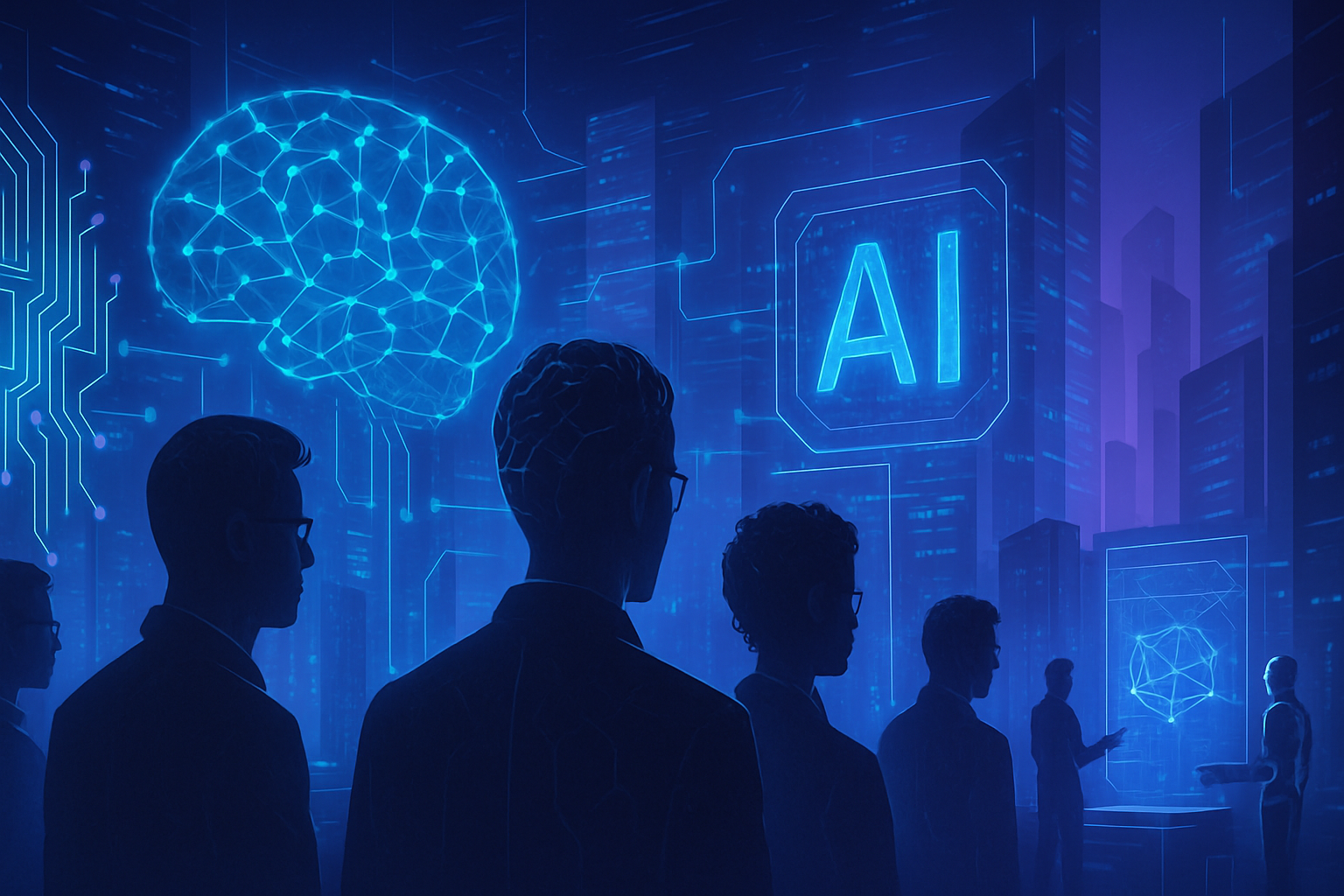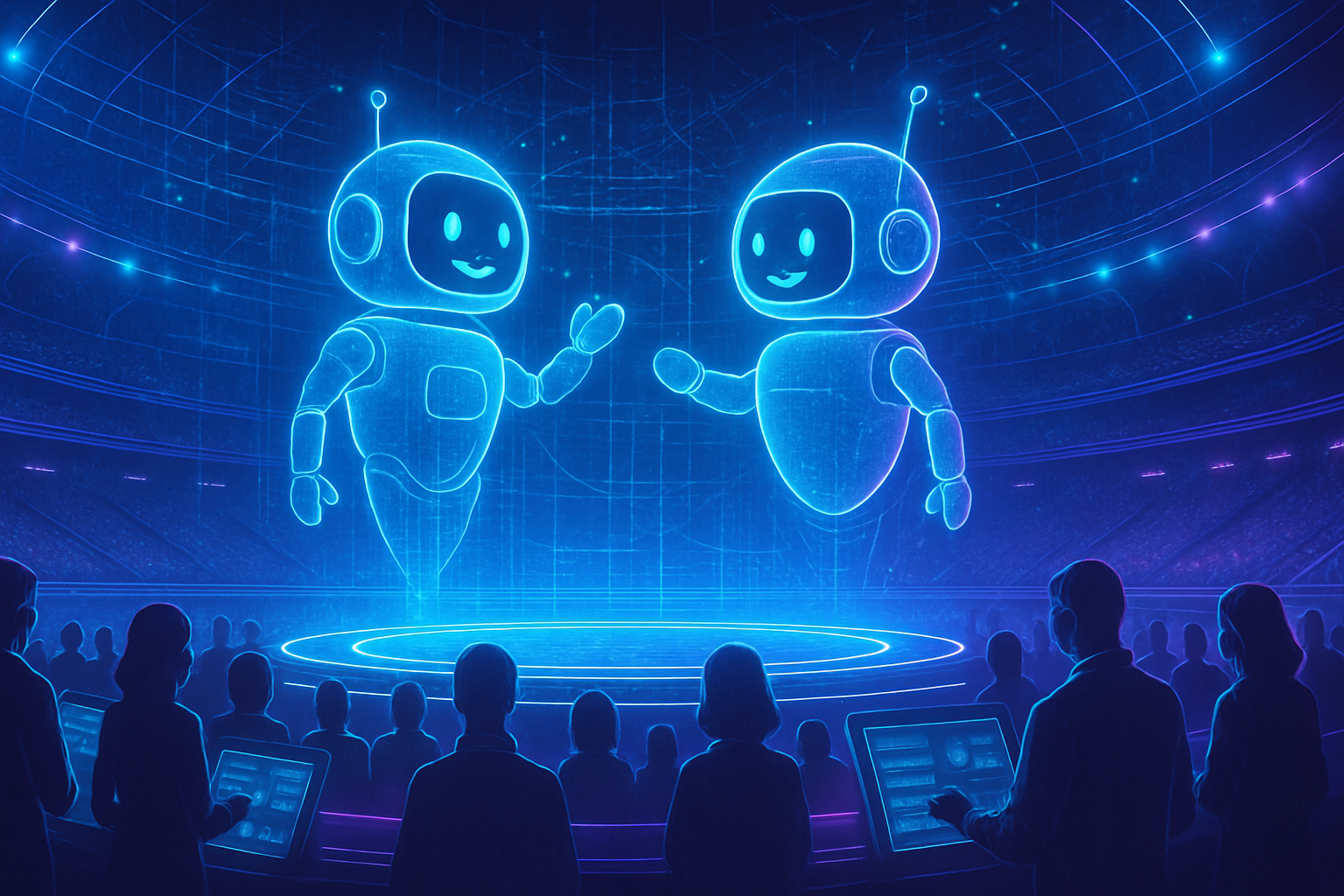Amuse redefines the creative process for composers. This technological innovation merges artificial intelligence with musical creation in an unprecedented way. Contemporary research highlights the need for a creative assistant to overcome blocks. The tool, designed by experts from KAIST and Carnegie Mellon University, helps materialize ideas from various inspirations. Amuse fosters authentic collaboration between the artist and AI. This innovative partnership transforms the very approach to musical writing and opens unexplored horizons.
Amuse: A Revolution in the Musical Composition Process
Researchers from KAIST and Carnegie Mellon University have developed an innovative artificial intelligence system named Amuse. It acts as a creative collaborator, facilitating the composition process for musicians. Thanks to its capabilities, Amuse positions itself as a true musical writing partner, enabling the exploration of new artistic directions.
Innovative Features of the Amuse System
Amuse converts various forms of inspiration such as texts, images, and audio excerpts into harmonic structures, including chord progressions. For instance, a phrase like “memories of a warm summer beach” can automatically generate relevant chord progression suggestions. This technology transforms ideas into concrete music, thus facilitating artistic creation.
Unlike other generative AI systems, Amuse respects the creative flow of the user. It prioritizes an interaction that encourages creative exploration, allowing for easy integration and modification of generated suggestions. The flexibility of this approach distinctly sets it apart from other technologies.
AI-Based Music Creation Technology
The technology behind Amuse relies on a generation method that combines two distinct approaches. A large-scale language model creates musical codes based on the user’s instructions and inspirations. A second AI model, trained on real musical data, filters out less natural results through a rejection sampling process.
User Study and Musician Reactions
A user study was conducted, targeting real musicians, to evaluate the effectiveness of Amuse. The results demonstrate a high potential for this system as a creative companion. Users acknowledged that the collaboration between humans and AI allows for transcending traditional composition capabilities, thus creating a unique synergy between creators and technology.
Future Vision and Objectives of the Researchers
The researchers, including Professor Sung-Ju Lee, highlighted concerns regarding the direct imitation of copyrighted content by certain AI technologies. In response, the team focused on understanding the needs of creators by proposing an AI system centered on human creativity. The goal is to maintain the artist’s initiative while exploring the possibilities offered by artificial intelligence.
Sung-Ju Lee emphasizes that the emergence of Amuse could define a new direction for musical creation tools, promoting a much more favorable creative environment for composers. In this sense, Amuse represents a promising start for the development of AI tools that support creativity while respecting the artists’ vision.
Impact on the Music Industry
The influence of Amuse could extend well beyond classrooms and research environments. If many composers adopt this technology, the way music is created and produced could undergo a radical transformation. The combination of technological innovation and artistic sensitivity paves the way for a new era of creativity.
Articles related to similar technologies, such as those concerning Suno V4 and the new revolutionary features of AI-powered music generators, testify to a broader dynamic in this field. Transformation is underway, and Amuse is a key player.
Frequently Asked Questions about Amuse, an AI-Powered Music Writing Partner for Composers
What is Amuse and how does it work for composers?
Amuse is an artificial intelligence system designed to assist composers by transforming various forms of inspiration, such as texts, images, or audio excerpts, into harmonic structures, including chord progressions tailored to their musical ideas.
How does Amuse integrate into the musical creation process?
Amuse works as a co-creator, supporting the composer in their creative flow. It provides chord suggestions based on the inspirations given, thus allowing for an interactive and flexible musical exploration without compromising the user’s creativity.
What is the difference between Amuse and other AI-powered music writing tools?
Unlike other generative AI tools, Amuse focuses on collaboration with the composer, respecting their creative intent and offering seamless integration of suggestions, aiming to foster a more natural musical exploration.
Does Amuse respect artists’ copyright?
Yes, Amuse has been developed to avoid copyright infringement issues, seeking to provide results that do not directly copy protected content and to respect the artist’s creativity.
What types of inspirations can be used with Amuse?
Amuse accepts a variety of inspirations, including descriptive phrases, images, and audio recordings, allowing composers to use their imagination by providing varied elements to guide the creative process.
Can Amuse really enhance a composer’s creativity?
Yes, thanks to its collaboration and interaction features, Amuse is designed to broaden composers’ creativity by offering them new musical avenues and alternatives they might not have considered on their own.
How can composers provide feedback on using Amuse?
Composers can participate in user studies and give their feedback on the platform, contributing to the improvement of Amuse’s features and effectiveness to better meet artists’ needs.
Is Amuse suitable for both amateur and professional musicians?
Absolutely, Amuse is designed to be useful for both amateur and professional musicians, allowing them to explore their creativity at different levels of expertise.






